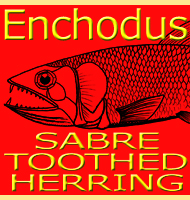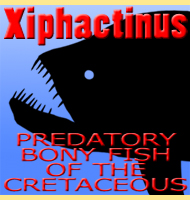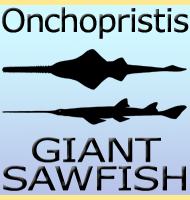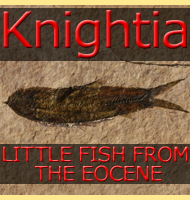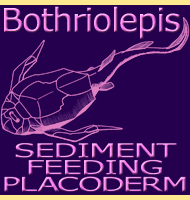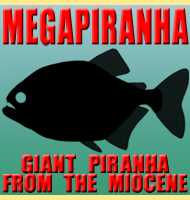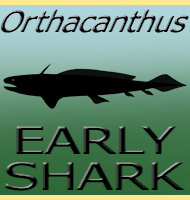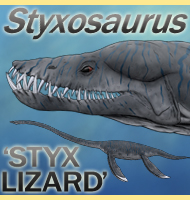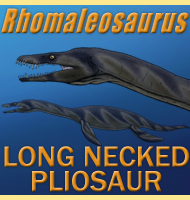


Ceratodus

Name: Ceratodus
(Horned tooth).
Phonetic: Seh-rah-toe-dus.
Named By: Louis Agassiz - 1837.
Synonyms: Polyporites browni,
Ptychoceratodus guentheri
Classification: Chordata, Sarcopterygii,
Ceratodontiformes, Ptychoceratodontidae.
Species: C. latissimus (type),
C.
africanus, C. cruciferus, C. felchi, C. frazieri, C.
gustasoni, C. hieroglyphus, C. humei, C. kempae, C.
kirklandi, C. kranzi, C. molossus, C. nirumbee, C. robustus, C.
szechuanensis, C. tunuensis.
Diet: Possibly omnivorous.
Size: Up to 60 centimetres long.
Known locations: Worldwide.
Time period: Ladinian of the Triassic through to the
Campanian of the Cretaceous.
Fossil representation: Numerous specimens.
Ceratodus
was one of the most wide ranging fish to ever live on the planet,
both geographically and temporally. This distribution was possible
because back in the Triassic the major land masses of the continents
were still close together which allowed several types of animals,
most famously the dinosaurs, to spread out across the globe.
Today however the group that Ceratodus belongs to
is greatly
diminished in numbers, but the closest living relative of Ceratodus
is thought to be Neoceratodus forsteri, also
known as the Queensland
lungfish, Australian lungfush, Burnett Salmon and the Barramunda.
Being
a lungfish Ceratodus would have had the ability to
breathe air when out
of the water, although it would have to ultimately return to the
water to avoid drying out. As you have no doubt already realised by
the fact that it was a lungfish, Ceratodus would
have had a set of
lungs that allowed it to absorb oxygen from the air. This is thought
to have been the adaptation that several hundred millions of years
earlier allowed the first tetrapods to leave the water for extended
periods so that they could colonise the land. This also makes
Ceratodus an archaic form that continued to survive
because the
adaptation made it so that the lungfish were best suited to their
ecological niche.
Ceratodus
would have had a long body, narrow in shape, with a severely
reduced caudal tail that probably tapered off to a square, and did
not extended beyond the fleshy tail. This shows that Ceratodus
was
not a particularly strong or fast swimmer, but as a bottom dwelling
inhabitant of freshwater courses it only ever really had to contend
with a downstream current at most. Additionally the feeding behaviour
of Ceratodus probably would not have called for
fast pursuit of prey.
Observation
of lungfish today has shown that lungfish will eat both plants and
animals, but the exact preference depends upon the size of the
individual in question. Small juveniles have been seen eating both
algae and small invertebrates like worms, the latter being an
important source of protein that would aid fast growth. Larger and
older individuals tend to incorporate bigger animals that can include
other fish and also frogs into their diet. It’s perfectly
reasonable to expect the same feeding behaviour in Ceratodus,
in fact
the ‘horned teeth’ which give Ceratodus its
name seem to be more
suited to a predatory lifestyle that suggests adult Ceratodus
may have
been more likely to have been exclusively carnivorous. This also
suggests that lungfish like Ceratodus were filling
the ecological niche
left vacant by the disappearance of the xenacanthid sharks
like
Xenacanthus
and Triodus.
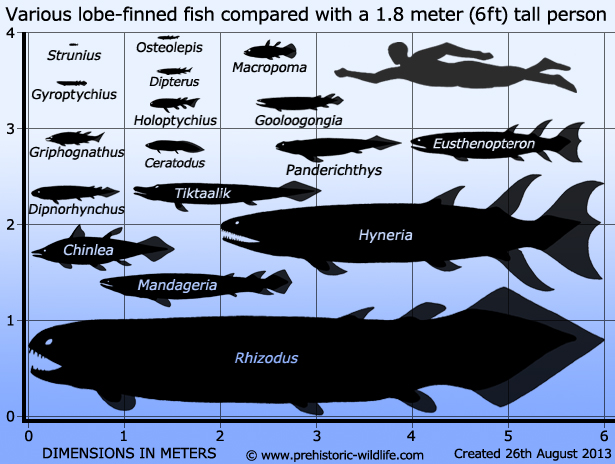
More information on the above fish can be found on their corresponding pages; Ceratodus, Chinlea, Dipnorhynchus, Dipterus, Eusthenopteron, Gooloogongia, Griphognathus, Gyroptychius, Holoptychius, Hyneria, Macropoma, Mandageria, Osteolepis, Panderichthys, Rhizodus, Strunius.
Further reading
- On fossil remains of Reptilia and fishes from Illinois. - E. D. Cope
- 1875.
- A new Ceratodus species from the Maleri beds,
Andhra Pradesh. - S. C.
Shah and P. P. Satsangi - 1970.
- Upper Jurassic and Cretaceous lungfish tooth plates from the Western
Interior, the last dipnoan faunas of North America. - J. I. Kirkland -
1987.
- A new species of the lungfish Ceratodus (Dipnoi)
from the Early
Cretaceous of the eastern U.S.A. - Journal of Vertebrate Paleontology.
- J. A. Frederickson, T. R. Lipka & R. L. Cifelli - 2016.
- Ceratodus tunuensis, sp. nov., a new lungfish
(Sarcopterygii, Dipnoi)
from the Upper Triassic of central East Greenland. - Journal of
Vertebrate PaleontologyJournal of Vertebrate Paleontology. - F. L.
Agnolin, O. Mateus, J. Mil�n, M. Marzola, O. Wings, J. S. Adolfssen
& L. B. Clemmensen - 2018.
----------------------------------------------------------------------------
Random favourites
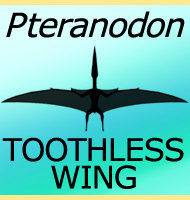 |
 |
 |
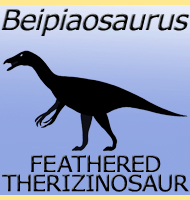 |
